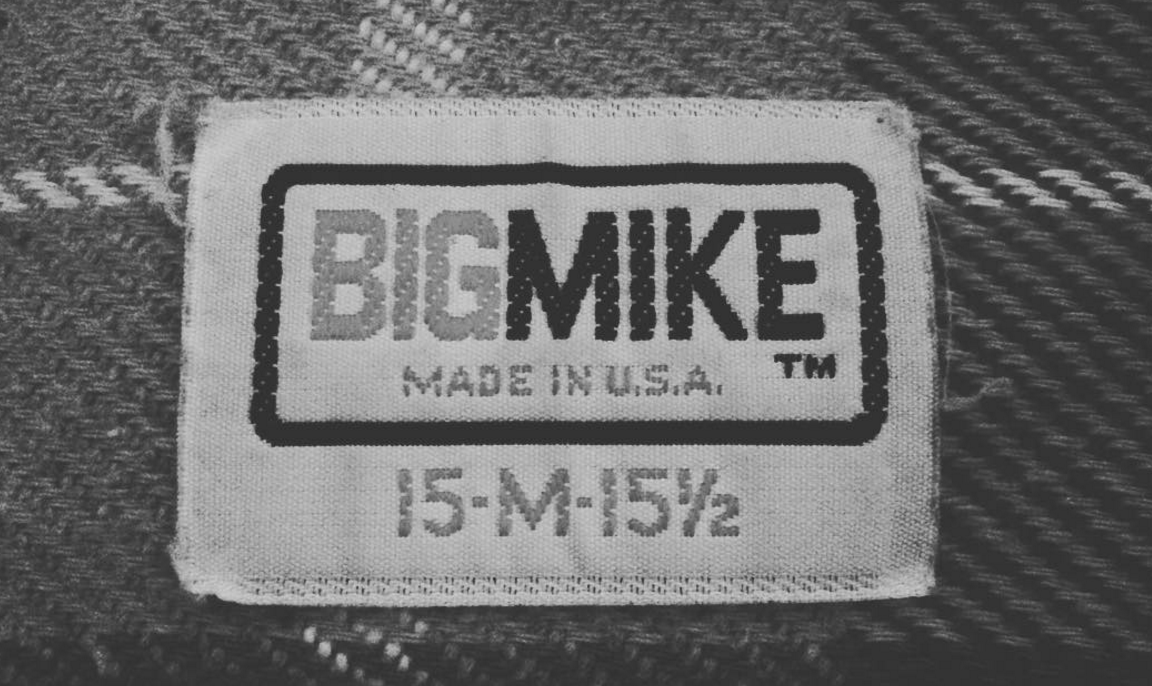
Big Data and Big Oil are not inherently defined, just umbrella terms that shelter an unfixed collection of ideas and institutions.
Big Flannel, though, is per my distinction a specific thing. And it refers to any flannel shirtmaker brand name of which the first word is “Big.” I count three: Big Mac, Big Yank, and Big Mike.
Size and masculinity go hand-in-hand with the twentieth century workwear’s target demographic, so the names are no surprise. Other workwear brands like Big Chief, Big Ben and Big Smith (I’ve not seen flannels by them), round out the trend.
Of course, these brands are all vintage and for the most part defunct. And so is the attitude around their branding: Today there are few explicitly gendered brands in workwear, even if the targeted professions remain male-dominated.
The New York Times Magazine recently ran an article about Buffalo Plaid, the simple and ubiquitous red and black check, and commented on the tension between the history of flannel with its contemporary present:
The ‘‘lumbersexual’’ is a figure bestriding recent literature from the lifestyle coverage of the Sundance Film Festival to academic papers analyzing the narrative of the zeitgeist. Considered as a consumer, his natural habitat is a men’s shop decorated with elegant axes — the sort of place where a customer, proceeding to the register with his four-figure parka, evaluates impulse purchases including handmade lanyards and flask bottles of beard oil. Buffalo plaid is the linchpin of the existence of a social type.
It’s a familiar analysis highlighting the difference between flannel as-is and flannel as-was. To it, I’d like to add a note about contemporary labeling: I’ve seen many vintage-inspired brands, stitch-for-stich repro brands, and online and brick-and-mortar storefronts, but even in a deliberate grasping toward the past all have avoided a brand so manly as “Big Mike.”
That absence, I think, is a good thing. Vintage and vintage-inspired clothing helps the wearer engage history in a contemporary way, not merely replicate it. I’m glad contemporary brands appear to recognize how pure imitation would carry parts of the past, such as thickly distinguished gender roles and definitions, best left behind.

